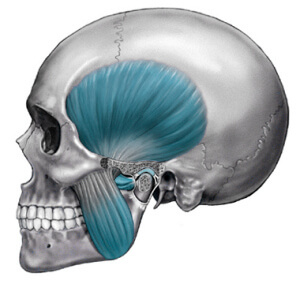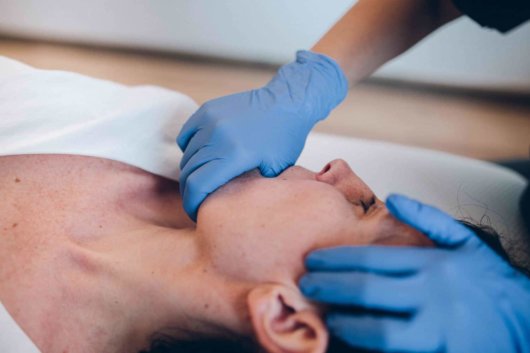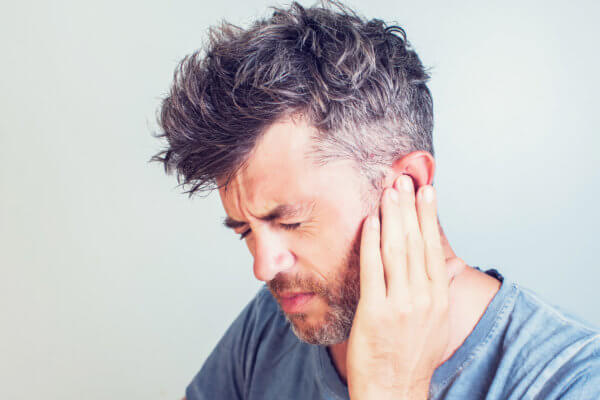After dental causes, the second most common cause of orofacial pain (in the face and mouth area) is craniomandibular dysfunction.
 Craniomandibular Dysfunction (CMD) is defined as the set of pathologies and clinical situations that cause disorders in the masticatory system, which includes the muscles of the mouth and face, and the joints of the mouth.
Craniomandibular Dysfunction (CMD) is defined as the set of pathologies and clinical situations that cause disorders in the masticatory system, which includes the muscles of the mouth and face, and the joints of the mouth.
This disorder, which often causes very significant discomfort, afflicts a large number of people and in severe cases can affect the patient's daily life, causing pain and problems when eating, speaking and even sleeping.
In our country, the treatment of this disorder is little known, and many times it is tried to solve with unidisciplinary treatments, such as night splints, or medication, but it has been shown that the most effective approach to combat this type of disorder is multidisciplinary, and involves the collaboration of various specialists depending on the location and causes of the disorder (maxillofacial physiotherapist, maxillofacial surgeon, orthodontist, speech therapist, etc.) to attack the problem from all fronts, and have a better chance of recovery.
The role of the Maxillofacial Physiotherapist in combating DCM
The maxillofacial physiotherapist will be primarily responsible for re-educating the patient. Reeducation is a set of techniques that seeks to improve symptoms and ensure that this improvement is maintained after treatment, thus preventing discomfort from occurring again.
seeks to improve symptoms and ensure that this improvement is maintained after treatment, thus preventing discomfort from occurring again.
Its purpose is to correct all those harmful habits (postural, tongue, bruxism) that cause pain / disorder in the masticatory system, through techniques such as massage and stretching of the cervical and face muscles, tongue exercises, posture work, breath work and relaxation.
The re-education treatment lasts between 4-6 months, during which the patient visits the re-educator once a week and also performs work for 20-30 minutes a day at home.








